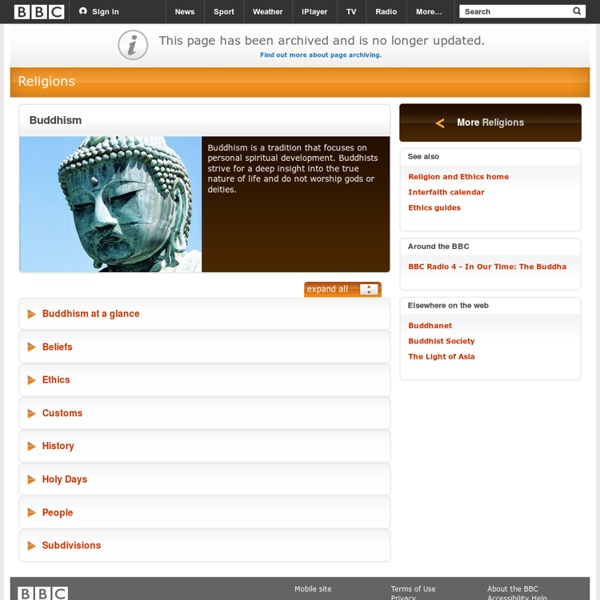



Jomon Culture (ca. 10,500–ca. 300 B.C.) The Jomon period, which encompasses a great expanse of time, constitutes Japan's Neolithic period. Its name is derived from the "cord markings" that characterize the ceramics made during this time. Jomon people were semi-sedentary, living mostly in pit dwellings arranged around central open spaces, and obtained their food by gathering, fishing, and hunting. While the many excavations of Jomon sites have added to our knowledge of specific artifacts, they have not helped to resolve certain fundamental questions concerning the people of the protoliterate era, such as their ethnic classification and the origin of their language. All Jomon pots were made by hand, without the aid of a wheel, the potter building up the vessel from the bottom with coil upon coil of soft clay. Because the Jomon period lasted so long and is so culturally diverse, historians and archaeologists often divide it into the following phases: Incipient Jomon (ca. 10,500–8000 B.C.). Initial Jomon (ca. 8000–5000 B.C.).
Teachers . Thematic Teaching . World Religions . Grades 3-7 Activity Ideas About the Authors | Grades 3-7 Activity Ideas | Grades 8-12 Activity Ideas | Related Resources Religious Buildings Many religions include some form of community worship. The religious community often gathers together to celebrate and worship in buildings: churches, temples, and mosques, for example. Have students research religious buildings and address the following issues: When was this building constructed? Have children construct their building out of cardboard, clay, or other materials, or render it in painting or drawing. Web Resources: General Buddhism Judaism Islam Christianity Hinduism Spring Celebrations Spring is a time of celebration in many parts of the world. The Jewish faith celebrates two holidays in the Spring, Purim and Passover. Learn more about the history of these celebrations by visiting the following Web sites: As a class, create a three-act puppet show or other dramatization that "tells the story" of each holiday; put them in chronological order. Native American Stories
Books about World Religions for Kids This is the second post in a series on World Religions for Kids, a group of articles packed with resources to help teachers and parents teach their children about World Religions as a means to promote compassion, empathy, cultural understanding, and tolerance. These books are a sample of the incredible list of 300+ multicultural books featured in The Global Education Toolkit for Elementary Learners, a new book with hundreds of easy activities, resources, and projects to help busy educators incorporate global and cultural awareness in their classroom. Learn more here. The books contain affiliate links. Thank you for your support! General Books about World Religions Use these books to explore similarities and differences in traditions, rituals, beliefs, and celebrations of world religions for kids. Buller, Laura (2005). . DK Publishing (2011). New York, NY: DK. Glossop, Jennifer, & Mantha, John (2003). Lumbard, Alexis York (2014). Meredith, Susan (2012). . Osborne, Mary Pope (1996). Buddhism
Religions - Zoroastrian: The Parsis Basics of Buddhism The Four Noble Truths The Four Noble Truths comprise the essence of Buddha's teachings, though they leave much left unexplained. They are the truth of suffering, the truth of the cause of suffering, the truth of the end of suffering, and the truth of the path that leads to the end of suffering. More simply put, suffering exists; it has a cause; it has an end; and it has a cause to bring about its end. The notion of suffering is not intended to convey a negative world view, but rather, a pragmatic perspective that deals with the world as it is, and attempts to rectify it. The Four Noble Truths are a contingency plan for dealing with the suffering humanity faces -- suffering of a physical kind, or of a mental nature. The Third Noble Truth, the truth of the end of suffering, has dual meaning, suggesting either the end of suffering in this life, on earth, or in the spiritual life, through achieving Nirvana.
Who are the Yazidis? Profile of Iraq's misunderstood 'devil worshippers' But in their home town of Sinjar, from where they have now fled to the mountains above, they were welcoming in a way that belied their fearsome reputation as Satanists. For ordinary Iraqis, they are bogeymen to frighten children with. But for religious extremists through the centuries, they have been Devil-worshippers to be slaughtered. The misidentification came about because the Yazidis worship a fallen angel, the Malek Tawwus, or Peacock Angel. But, unlike Lucifer, the Yazidis' fallen angel was forgiven by God and restored to heaven. Their religion is not just an offshoot of Christianity or Islam. They have kept their religion alive through the Talkers, men who are taught the entire text of their missing holy book by memory as children, and who in turn pass it on to their own sons. Cars queue to leave the Hamdaniyah town of Mosul (Anadolu/ Getty) The Yazidis once lived in a wide area, across Iraq, Syria, Turkey, Georgia and Armenia. There are darker sides to the Yazidis.
untitled